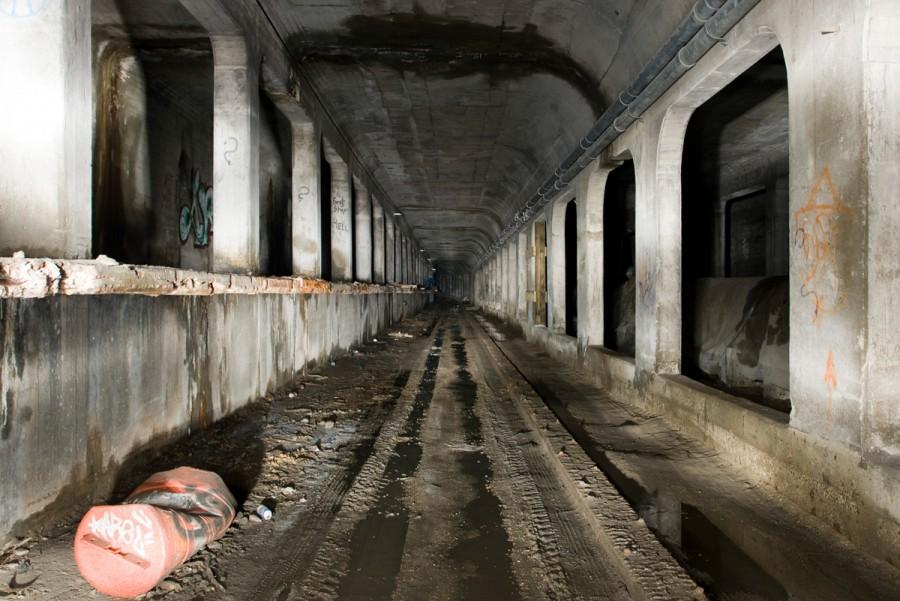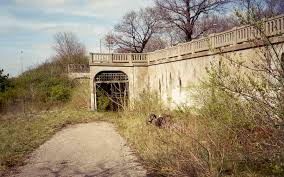Cincinnati’s subway remains hidden
Cincinnati is a city that is known for its great riverfront, fountain square, and its pro sports teams. However, one huge aspect that many people do not know about is that it has an immense amount of tunnels underground that was supposed to be part of a subway.
Although much of this infrastructure was completed, it was never operated. This leaves gaping holes right under our feet as we walk downtown. Why did the construction stop? Where was the subway supposed to go? Where are the entrances and why do people never really talk about the subway? I am looking to answer these questions.
First off, I asked my grandpa if he had ever heard about the subway under the city and he answered vehemently yes. He told me that it was started in the early twenties and ended before even he was alive. I asked him other questions about the subway but he said that that was all he knew so I moved on.
It turns out that he was right. By looking on this website – http://www.cincinnati-transit.net/subway.html – I found out that the citizens of our great city voted to create a subway in the 1920s. The 1920s were a time of booming economic success. Construction started anywhere from 1920 to 1923. Construction abruptly ended in the late 1920s because of the Great Depression, when the completion could not be paid for.
Also, a shift in control of City Hall halted the construction of the subway. In 1926, the Charter Party took over, and mayor Murray Seasongood made it his main goal to slow the rapid construction of the subway.
Thus, I digress. The original tunnels were dug mainly under Central Parkway. The tunnels were supposed to be constructed into a 16 mile loop that would connect downtown, Over-the-Rhine, West End, Northside, Clifton, Norwood, Oakley, Evanston, and Walnut Hills. There were also six underground stations that were made. However, none of these were ever put to use. Not one person has ever taken a ride through the tunnels in a subway. Not one track has ever been laid. All that remains are empty tunnels that cut through the downtown area.
But this does not have to be the end of the abandoned subway. It is continuously being maintained and most likely will be available to be used for another 100 years. A recent bill in 2002 called “Metro Moves” sought to use sales tax to fund the revitalization of the subway and use the tunnels. This was shot down in the end by a 2-1 vote.
Senior Brian Smedley said, “I knew about the subway, but I didn’t know that it could still be used. I think it would be cool to see it in use again.”
The subway can still be visited to this day. If you want a tour, they happen about once a year and you should contact the Cincinnati Museum Center. The tickets cost about $50.
I think that the subway could have been a great thing for the city if it was constructed. The congestion going into and from the city would be much less stressful. Also, people wouldn’t have to rely nearly as much on Metro buses if there was a subway. It would also help those who have to drive behind those metro busses.
Overall, the abandoned Cincinnati Subway is an interesting spectacle. It is an aggrandizement of the hope of the 1920s and the era of prosperity.

"Is it more sexist to not hit a woman, because she's a woman... it's all just a bunch of numbers?" - Anders Holmvik
I love that quote because it makes...





